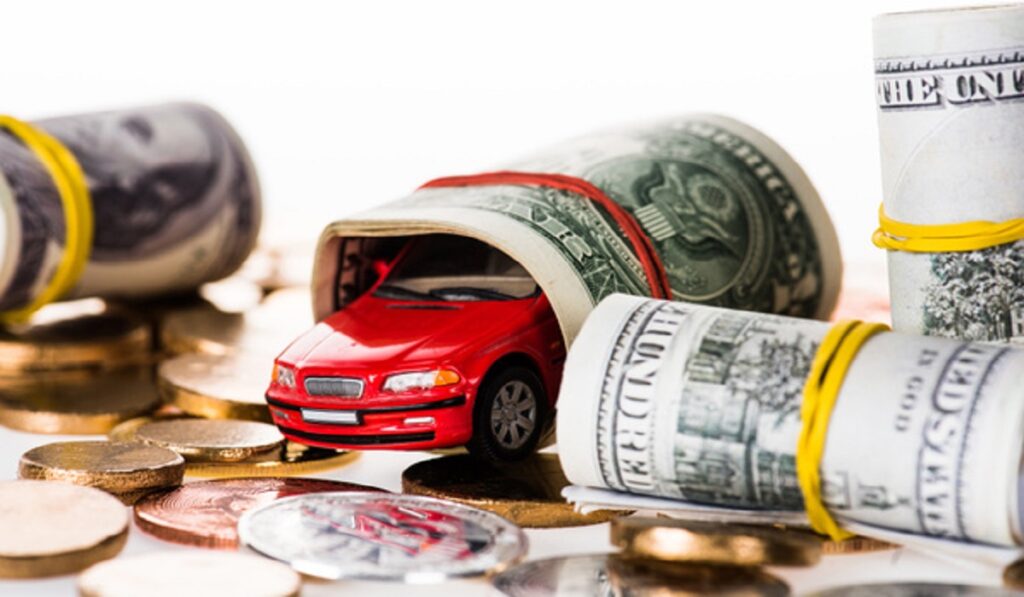How Much Are New Car Costs, Really?

At present, inflationary trends are dramatically driving up the cost of buying and owning new cars, placing an unprecedented strain on American households’ finances. In this article we’ll look into all of the factors contributing to rising car costs as well as their implications for both customers and dealerships alike.
Escalating Cost Scenario (ECS)
Edmunds’ recent data highlights an alarming trend. Edmunds found that monthly car payments reached an all-time record high of $730 during the second quarter, comprising approximately 10% of median income of $7 609. Furthermore, these costs had skyrocketed 28% year over year – this alarming rise being reflective of rising car costs and financing options available to purchasers.
Conundrum of Inflation
Rising costs can be traced back to two major forces at play – inflation has seen dramatic spikes, which has in turn driven up vehicle costs by 31% since 2007. Federal Reserve measures meant for combatting inflation led to interest rate hikes that caused 48-month auto loan interest rates to skyrocket, making for an unlikely combination that is making car buyers’ lives harder than ever.
Sales Remain Unaffected
It is notable that rising car prices have not dampened appetites for new vehicles; U.S. sales of new vehicles increased 21.5% year-on-year for July sales to be on track with last July; marking four straight months where double digit gains have occurred in double digit growth. JD Power estimates global auto sales may have exceeded 90 million units on an annualized basis again during July; they believe global car sales likely crossed this mark globally for another consecutive month as reported in July by J.D. Power estimates 90 million global auto sales exceed this benchmark on an annualized basis as reported for July 2018.
Dealerships face immense financial pressures to generate profits.
Dealerships aren’t making more money despite an increase in sales; in July alone their average profit per sale declined 28% year-on-year due to decreased vehicle sales over MSRP (manufacturer’s suggested retail prices), from 49% down to 29% respectively demonstrating how dealerships face increasing pressure to offer specials to attract customers and stay profitable.
Strikes Have Wide Reach Impact Analysis | Impact Of Labor Strikes On Society
Labor strife has further complicated the financial outlook for automotive industry companies. Unionized autoworkers United Auto Workers (UAW), have threatened a strike if an agreement on new contracts with US auto manufacturers cannot be met; their demands could increase labor costs substantially through wage increases and enhanced benefits packages; this challenge may force large automakers into losing money while creating resistance towards lower car prices.

Prospects of Immediate Relief
Consumers shouldn’t anticipate immediate relief for high car prices as both automakers and dealerships struggle with profitability issues, with demand driven primarily by robust sales but further complicated by labor negotiations and inflationary forces – so larger monthly car payments will continue.
Shifting Perspective and Future Considerations
Current developments within the automotive industry are complex due to rising car prices, inflation and labor negotiations affecting dealerships, automakers and consumers at every point in time.
Consumer Resilience – Consumers have shown impressive resilience despite mounting financial strain by continuing to purchase cars despite rising financial concerns, fuelled by new technology, enhanced safety features and better driving experiences. But this raises serious doubts as to its sustainability or longevity in light of mounting financial strain.
Dealership AdaptationKaufentscheidung dealerships must adapt to shifting market dynamics in order to remain profitable, especially given a declining per-sale profit and customer churn. A customer-centric strategy could include offering incentives, customized experiences, or innovative financing plans in order to maintain profits.
Automobile Manufacturer Strategies: Automobile manufacturers face similar obstacles when facing these challenges, such as labor costs, production efficiency and pricing strategies. To combat any storminess associated with such circumstances, auto manufacturers can try offering value-driven products or diversify their portfolio to find alternative revenue streams.
Long-Term Effect: These shifts could have far reaching implications on the automotive industry’s future. High costs could influence consumer behaviour by leading them to keep vehicles longer or explore second hand markets; automakers could increase efforts towards creating affordable EV and hybrid models to appeal to budget conscious customers.
Government Intervention: Policymakers could take measures to ease consumers’ financial strain by intervening directly with government initiatives that address inflationary impact on vehicle costs and labor negotiations, in addition to supporting efforts that prevent disruptions from taking place.
Consumers face new obstacles when purchasing and paying for new cars, automakers, dealerships and dealer groups alike. Rising inflationary pressures, wage negotiations, consumer demand and economic realities all present complex situations which need creative solutions to navigate successfully. Consumers must weigh priorities against finances when entering the new car market while dealerships/automakers need to balance profit with offering customers value and affordability; Dealerships/automakers face difficulties trying to balance these pursuits effectively while simultaneously meeting consumer expectations for value and affordability; ultimately the road ahead may remain unpredictable but this gives an auto industry the chance to reinvent itself to meet rapidly changing consumer expectations as well as economic realities by changing consumer demands as it experiences it evolves with changing consumer demands as it takes over from where its image stands today compared with its former image from years past in responding more successfully when entering this complex auto market place than ever before!






